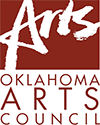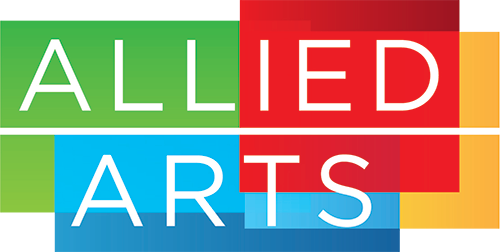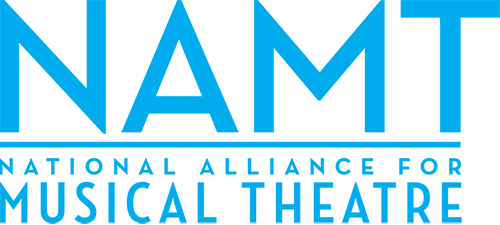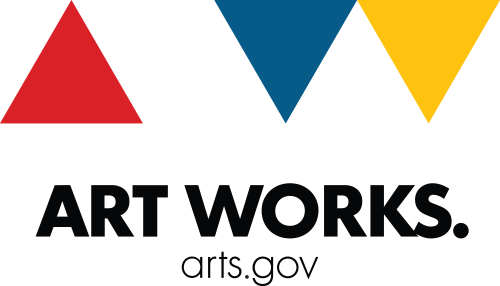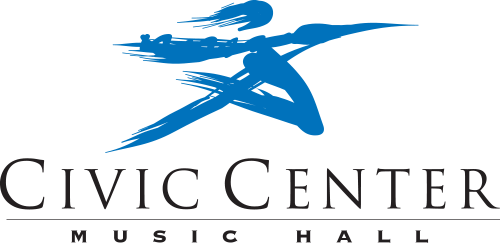The theatre has long been known as an inclusive place. Millions of young people have found a safe way to express themselves creatively through acting. Playwrights often have more artistic license to tell socially important stories than the writers of blockbuster movies. Broadway shows serve as a refuge in times of social volatility.
While female actors are celebrated alongside men during awards season, and frequently take the final bow, women are largely underrepresented in leadership, design, production, and writer positions.
A few years ago, the League of Professional Theatre Women observed that from 2010 to 2015, only 33% of Off-Broadway directors were women. Research from Wellesley College indicates that in American nonprofit theatre, women have never held more than 27% of leadership positions. In contrast, The Broadway League reports that during the 2017-18 Broadway season, 66% of audience members were female. So why the disparity?
Power-Women of Lyric Theatre of Oklahoma
To find out, we spoke with a few of Lyric’s female artists to get their perspective on making an impact in the world of theatre. This summer, more than a hundred female actors, designers, musicians, crew members, and volunteers will help bring Lyric’s summer season to life. For July’s production of Newsies, the entire design team, including the director and choreographer, will be made up of women.

Ashley
Ashley Wells, Associate Artistic Director for Lyric Theatre of Oklahoma, is a well-known face to artists and audience members alike. Wells says she feels honored to work in an organization that celebrates women and what they bring to musical theatre. “I enjoy seeing women working together and supporting one another. Lyric Theatre is lucky to attract such talented people, and I get to reap the benefits of that talent. It makes my job that much easier. Working with strong, confident women makes me stronger and more confident.”
Having a woman serve in an artistic directorship-level role is exceptionally unique in the theatre world. In 2015, within the U.S.-based League of Resident Theatres, 80 percent had male artistic directors. “I love that the people at Lyric all want the same thing–a good show–and will do what it takes to achieve that,” Wells said. “It can be a little bumpy and peoples’ feathers can get ruffled but…in the end, hundreds of people have had a wonderful evening, then all the ruffled feathers in the world is worth seeing the face of someone that has had a wonderful night at the theatre.”
Finding a Voice Backstage
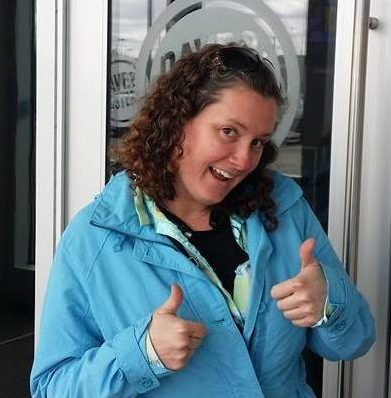
Dawn Drake
Dawn Drake, Director of Production for Lyric, points out that very often, people make assumptions about the type of work that female theatre artists are qualified to perform. “My younger self always worked with men, and I would get overlooked to lift a platform, or pull a line, or understand how a system would go together. So, I would take risks to prove my value to the team and the work,” Drake explained. “It helps that I am a bit fearless and confident. I try to hire women, and minorities on my team and help build their confidence, but they have to bring themselves to the work.”

Helena Kuukka
Anna Helena Kuukka has served as the lighting designer on numerous Lyric productions. An oft-cited female role model connected Kuukka with theatre arts at an early age: her mother. “My mother loved music and dancing, so she introduced me to it early on. As a child, I wanted to sing and dance, but never thinking theater would become a career.” Kuukka maintains that “Both my parents definitely had a huge influence in my life. They were not always happy with my choices, but they gave me the fighting spirit I have.”
While touring as a cast member of Up With People after high school, Kuukka’s responsibilities included acting, as well as areas of production. “I got introduced to lighting and the world behind the scenes … I had no idea what went into creating a show until then. And the rest is, as they say, history. I fell in love with lighting and have been on that journey ever since.”
Creating a Safe Environment for All

Mattie Joyner
Actress Mattie Joyner returns to Lyric this summer as an ensemble member of Singin’ in the Rain and the role of Katherine for Newsies. Joyner is energized by the environment that female leaders often create. “I think a great benefit of working with a female creative team is the inherent bond we feel we have as women. It lends the process to be extremely open and communicative, and through that, ideas for characters and scenes can be discussed freely.”
As a graduate of the Music Theatre program at the University of Oklahoma, Joyner points to educated director/choreographer Lyn Cramer as an enormous source of inspiration. “Lyric’s production of Singin’ in the Rain will be my 9th show working with Lyn, and I couldn’t be more excited to be dancing her choreography. As her student at OU, she taught us how to really take care of the work that we’re doing, so that the audience is assured a good time.”
As Joyner explains, a dedicated female artist can also serve as a mentor off-stage. “She gave me so many valuable lessons outside of the theater that I apply to my work, in addition to my everyday life. She continues to inspire me to work hard in everything I do, and I know that I wouldn’t be where I am today if it wasn’t for her guidance and mentorship!”
Collaboration is Key
Leaders of creative institutions, much like corporate CEOs and entrepreneurs, must take on many different responsibilities. I asked Wells how she keeps her creative spirit going while playing a critical role as Associate Artistic Director. “Sometimes it is really easy to be creative. When you have a wonderful show to work on and a great cast being creative is easy. I like to see other theatre, that helps to get the creative juices flowing. Collaborating with wonderful artists is the absolute best way to be creative. Bouncing ideas off of someone else is really helpful.”
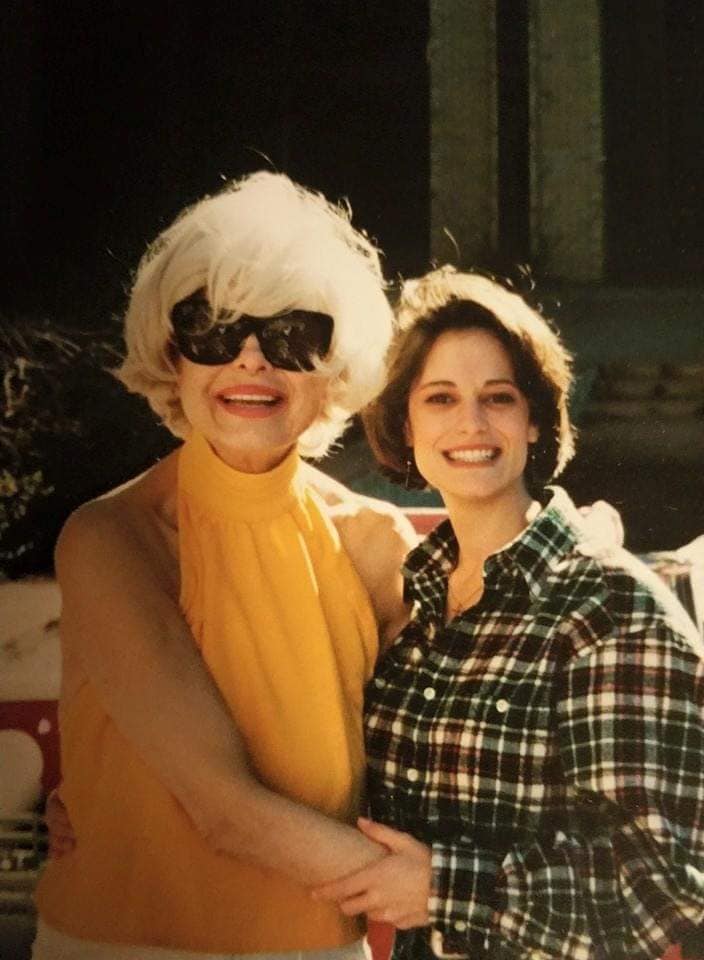
Carol Channing & Ashley (Stover) Wells
Wells has been active in American theatre for many years, notably appearing on Broadway in the revival of Hello, Dolly! with Carol Channing. But it wasn’t until later that she realized the gender disparity in theatre production and design teams. Around the time of her fifth show with Lyric, “I was in a production meeting and looking around the room and realized, I was the only woman… Now 15 years later there are many more women at the table in design. Not so much in the director position, but that is getting better.”
Outside the production room, Wells saw a similar picture. “I noticed it more quickly at our NAMT conferences (National Alliance of Musical Theatre),” She said. “The heads of theatres from all around the country get together and talk about the state of musical theatre and discuss new works. Ten years ago, when I started going, I would be the only woman in the room. Now I’m not the only one, but running a theatre, is still a white male-dominated field. There is still a lot of work to be done.”
– Rodney Brazil, Arts Blogger



